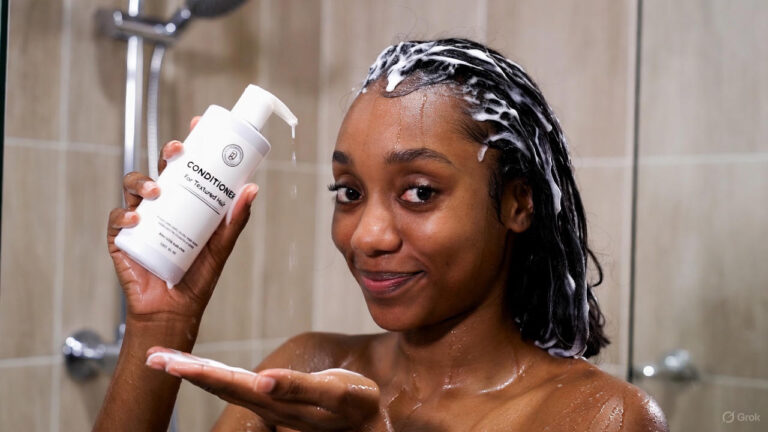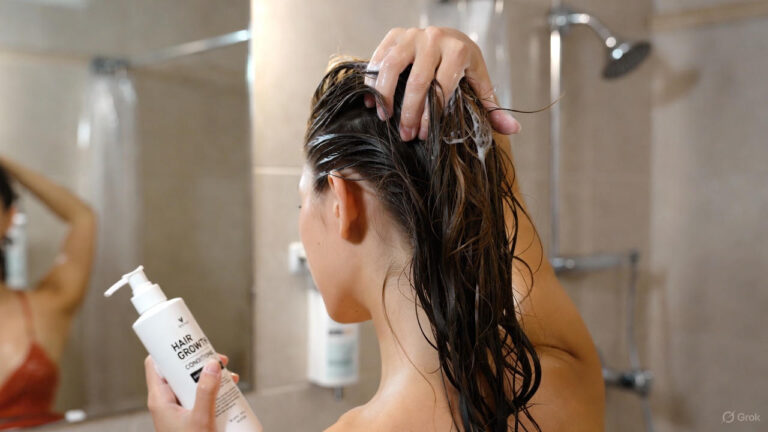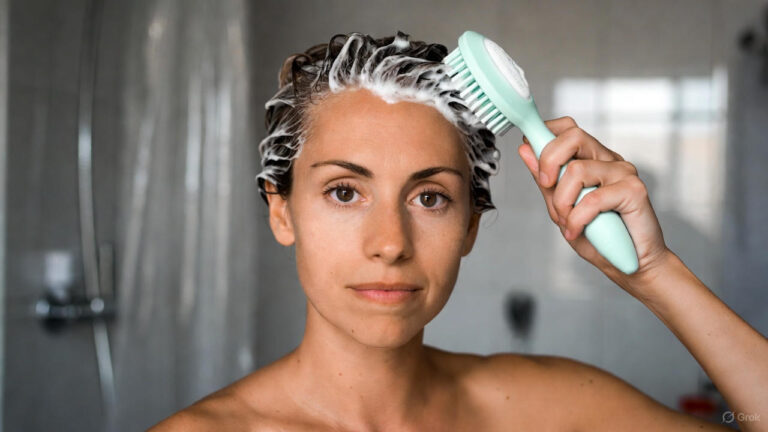Hair care can sometimes feel like navigating a maze of products and techniques, each promising to deliver the perfect hair. However, one crucial factor often overlooked in hair care routines is hair porosity. Understanding the science behind hair porosity can unlock the secrets to achieving healthier, more manageable hair.
In this article, we delve into the complexities of hair porosity, exploring its scientific foundations, the different types of porosity, and practical care tips to optimize the health and appearance of your hair.
The Science of Hair Porosity
At its core, hair porosity is influenced by the structure of the hair shaft and its outermost layer, known as the cuticle. The cuticle consists of overlapping scales that act as a protective barrier, regulating the passage of moisture and nutrients into the hair shaft. When the cuticle is intact and lies flat, the hair is considered to have low porosity, meaning it has difficulty absorbing moisture.
Conversely, when the cuticle is raised or damaged, the hair is classified as high porosity, allowing moisture to penetrate more easily but making it prone to frizz and breakage.
Hair porosity is primarily determined by genetics, but external factors such as heat styling, chemical treatments, and environmental damage can also influence porosity levels. Over time, these factors can compromise the integrity of the cuticle, leading to changes in porosity and affecting the overall health and appearance of the hair.
Types of Hair Porosity
Hair porosity is typically categorized into three main types: low, medium, and high porosity. Each type has distinct characteristics that impact how the hair responds to moisture and styling products.
Low Porosity
Low porosity hair has a tightly packed cuticle layer that repels moisture, making it resistant to penetration. As a result, products may sit on the surface of the hair rather than being absorbed, leading to product buildup and dullness. Low porosity hair often takes longer to dry and can be prone to frizz and tangling.
Medium Porosity
Medium porosity hair has a balanced cuticle layer that allows for optimal moisture absorption and retention. Hair with medium porosity tends to be more manageable and resilient, with a healthy shine and minimal frizz. This type of hair responds well to a variety of hair care products and styling techniques.
High Porosity
High porosity hair has a raised or damaged cuticle layer that absorbs moisture quickly but struggles to retain it. This type of hair is prone to dryness, frizz, and breakage, as moisture easily escapes from the hair shaft. High porosity hair may also have a rough texture and appear dull and brittle.
Care Strategies for Different Porosities
Tailoring your hair care routine to your hair’s porosity level is essential for maintaining its health and vitality. By understanding the unique needs of each porosity type, you can select the appropriate products and techniques to optimize moisture retention, minimize damage, and enhance the overall appearance of your hair.
Low Porosity Care Tips
- Use lightweight, water-based products that won’t weigh down the hair or cause buildup.
- Incorporate heat during styling to help open the cuticle and allow for better product absorption.
- Clarify the hair regularly to remove product buildup and improve moisture penetration.
- Deep condition with heat to help moisturizing ingredients penetrate the hair shaft more effectively.
Medium Porosity Care Tips
- Use a balanced regimen of moisturizing and strengthening products to maintain optimal hair health.
- Avoid excessive heat styling and chemical treatments to prevent damage to the cuticle layer.
- Incorporate regular deep conditioning treatments to nourish and hydrate the hair.
- Protect the hair from environmental damage by wearing hats or using UV-protective products.
High Porosity Care Tips
- Use rich, emollient products to help seal the cuticle and minimize moisture loss.
- Avoid over-manipulating the hair, as excessive friction can lead to further damage.
- Incorporate protein treatments to strengthen the hair and improve elasticity.
- Seal the hair with a lightweight oil or a hair serum to lock in moisture and reduce frizz.
Conclusion
Hair porosity plays a crucial role in determining the overall health and appearance of your hair. By understanding the science behind hair porosity and identifying your hair’s porosity level, you can tailor your hair care routine to address its specific needs effectively. Whether your hair is low, medium, or high porosity, adopting targeted care strategies can help you achieve healthier, more vibrant hair that shine with vitality.
FAQs
Q1: How can I determine my hair’s porosity level?
You can determine your hair’s porosity level through simple tests, such as the float test or the strand test. These tests involve observing how your hair behaves when exposed to water or certain products, which can indicate its porosity level.
Q2: Can hair porosity change over time?
Yes, hair porosity can change due to various factors, including heat styling, chemical treatments, and environmental damage. It’s essential to regularly assess your hair’s porosity and adjust your hair care routine accordingly.
Q3: Can I have different porosity levels on different parts of my hair?
Yes, it’s possible to have varying porosity levels on different parts of your hair, known as mixed porosity. This can occur due to factors such as hair damage or natural variations in hair texture.
Q4: Is it possible to improve the porosity of my hair?
While you can’t change your hair’s natural porosity level, you can improve its condition and manageability through proper care and maintenance. Using appropriate products and techniques tailored to your hair’s porosity level can help optimize its health and appearance.
Q5: Are there specific ingredients I should look for in products based on my hair’s porosity?
Yes, certain ingredients are beneficial for different porosity levels. For example, lightweight, water-based products are ideal for low porosity hair, while rich, emollient products are suitable for high porosity hair. Look for ingredients like coconut oil, shea butter, and hydrolyzed proteins to address specific concerns associated with your hair’s porosity.



